
mnewxcv
-
Posts
180 -
Joined
-
Last visited
Content Type
Profiles
Forums
Articles
Posts posted by mnewxcv
-
-
-
18 minutes ago, KnightsFan said:
0-255, Gamma DR. The noise is actually more pronounced in the second image, but I think that is mainly from the image being sharper (less noise reduction, as others have mentioned.)
I haven't done a lot with the new settings, but I haven't seen any abnormal color shifting to be honest. When I first got my NX1, I noticed that the color was not even across the luma range. For example, an underexposed whitecard will have a greenish tint, etc. It seems to me that the same rules apply.
I know I am not the first one to bring up the 0-255 vs 16-235 idea, but I have yet to see it make a difference in footage when editing in premiere. That being said, it is nice to see a lot of different members trialing this rgb boost concept and identifying quarks and characteristics. If there is indeed more dynamic range with boost, it may be safe to assume less at RGB values <1.00, as you have seen with the clipping of highlights. With that, it may still produce quite usable footage in a lot of situations. However, is it doing anything beyond dropping what would otherwise be overexposed into the clipped region? Or is there actually some benefit to shooting <1.00? I will play with it soon.
-
4 minutes ago, KnightsFan said:
This was manual exposure. In the two shots I posted above, I did not do any exposure compensation. Both are at ISO 1600, f8, and 1/50. I also did the test compensating for exposure, and the same clipping occurred at the same point.
I actually did a series of tests last weekend, both adjusting the ISO to compensate for the decreased brightness and not compensating, trying it with the RGB sliders at 0.5, 1, and 1.99. Everything was manual exposure.
It was apparent to me that by setting the sliders to 1.99, you do get increased dynamic range and detail (at least at ISO 1600 and compensating to 800.) Based on a few other posts, this may not be true at lower ISO values (e.g. 400, compensating down to 200). The following shot is at ISO 1600, RGB sliders at 1.0 (the same one from above). This time, both images are at a 100% crop to show details.
This one is ISO 800, RGB sliders at 1.99. Notice how the yellow text on the book is no longer blown out, without a significant difference to the overall exposure. You can even see a teeny bit more of the metal in front of the light bulb. Furthermore, there is much more detail. Try saving both images and flipping between them quickly in your photo viewer. The text is sharper, the noise is sharper--overall simply a better image.
thanks for sharing. That is definitely impressive. I am trying to work out the color shift so that I am not losing color detail while boosting. If the noise is roughly the same as iso 800 as iso1600 without boost, you aren't sacrificing much to gain that extra dynamic range. Was this 0-255 or 16-235?
-
18 minutes ago, Kisaha said:
Can anyone sum it up a bit?
We started from 1.99 and now we are to 1 and 0.5 and 0 and everything in between?!?
@BTM_pix did a very interesting tool for Panasonic cameras on another recent thread to search for optimal settings more systimatically and methodically. We may need something similar.
going to 1.99 does not improve exposure without adding noise. The noise added is very similar to going an ISO level higher. Also, I found it changes the color tint somewhat.
We have been experimenting with going lower now, as it *may* act as a sort of digital ND filter, however, as shown above, highlights are getting clipped somewhat. I will go ahead and get some testing done in the next day or so (maybe tonight) at different levels and show what is happening with highlights.
42 minutes ago, KnightsFan said:@mnewxcv Yes, the highlights are simply clipping early.
Here's a screenshot in Resolve with the waveform for reference. This was with RGB sliders set to 0.5. You can see even without the waveform that the lightbulb does not reach full white.
For comparison, here is the same scene with the RGB sliders at 1.0.
did you adjust exposure to account for the lower brightness, as in decrease shutter, open aperture, or boost iso? Auto exposure does not work when adjusting the RGB scales, without compensation. So if you set auto exposure and turned down the rgb scales, it will be *under exposed*, just as if you boost the scales without compensation, the image will be *over exposed*.
-
4 hours ago, Happy Daze said:
You are correct Pavel, as far as negative RGB is concerned highlight control is a problem. The histogram shows that the highlights are well within range but they are in reality clipping at a lower level than 255 more like 235/245 that's why everything above these levels is a flat grey.
Are you sure the highlights are clipping? The histogram is pre boost. As long as you expose for the scene it should be OK. Also, if you have overexposure guide on aka zebras they are still working properly.
Also, good to hear about the ability to use as an ND filter. That is actually an amazing possibility. Set different picture wizards for different ND levels!
-
3 hours ago, IKSLIM said:
I gues no. At least i failed. The shutter angle remains the same, even in manual mode M only ExpComp affected. ISO already locked by minimum value in this case.
But negative vector trick definitely deserve to investigate...
I will see what I come up with today. I was hoping the rgb values had something to do with the back side illumination.
-
20 minutes ago, kidzrevil said:
I use 14 bits to be safe but there shouldn’t be any visible discernible difference between 12 & 14 bit
I use davinci resolve color management for accurate conversion to rec709 from the huge color space.
how do you convert to rec709?
-
I found the color to have a green tint or less red. It is hard to describe it was very subtle, but it turned brownish maroon colors into regular dark brown. It can be seen on dark cherry colored furniture. As for the histogram, it must get its information pre boost as it does not change with or without boost.
1 hour ago, Mokara said:I would guess that the sensor is returning something like 14 bits of data per pixel, but the processor is only actually using some lesser amount, such as 10 bits. When you increase or decrease the color channels you adjust exactly which 10 bits of the 14 gathered are used. So by moving everything up two notches and then reducing exposure by a corresponding amount, you are effectively increasing ISO without increasing gain. If NR is kicking in at a particular gain setting the net outcome is that for all practical purposes you could get an extra two stops of exposure before that happens using the OP's method.
I would guess that you can do the opposite as well, essentially adding an internal ND function to the camera if you had need for that.
The downside however is that data collected at the top and bottom of those 14 bits is likely to be less accurate, and that may cause other unanticipated issues, such as WB or color cast problems (since in camera correction of those properties requires some headroom in the color channels).
Holy crap. Can we drop the rgb boost to keep 1/60 shutter speed without an ND? Now THAT is worth exploring!
-
also seeing a green tint even with RGB set to 1.99, 1.90, and 1.99 respectively. Will need to adjust hue slightly it seems. It is odd, using RGB boost and iso100 was cleaner than no rgb boost and iso 200, but rgb boost with 3200iso was worse than no rgb boost 6400.
-
13 minutes ago, Kisaha said:
My impression is that NR, aggressively, kicks in above 1600ISO. To be honest, that is the most I go, but 3200 should be possible for such a modern and capable camera.
It seems here that this work-around increances light intensity(?) somehow (something to do with the very unique and capable BSI sensor I guess), so you can gain some light through this.
I am not sure about the codec, and how it can handle the settings, it may increase color noise and push the codec to its limits, but it can help with the silly processing above 1600ISO.
I am 100% positive that 2 Samsung engineers (1 hardware/1 software) could gain easily a stop or two from this sensor!
if you look at the last 2 photos in my last post, the picture wizard with no changes other than RGB boost, sharpness contrast and sat all the same, iso 1600 with RGB boost is noticeably noisier than picture wizard off at 3200iso.
-
-
32 minutes ago, MountneerMan said:
Yes please higher ISO and if you could kindly zoom on and edge between a shadow and non-shadow area so we can see the noise.
here are some zooms (600%) of the above frames. I will get the higher ISO stuff tonight.
you can see in the last two frames there appears to be more sharpening happening without picture wizard on. I made sure to leave all picture wizard settings at 0 except the RGB, so I did not turn down sharpness. Interesting.
-
I love "game menu"
 hope to use it at some point.
hope to use it at some point.
-
let me know if you guys need some other shots, perhaps at higher ISO.
-
-
2 minutes ago, MountneerMan said:
I will have to give this a try myself :).
Who is going to be the first to post 1:1 side by sides to show the NR.
My guess is that this trick is not getting any better results out of the sensor but is allowing you to increase the "gain" without increasing the ISO and because the NX1 seems to have some sort of terrible builtin NR that is tied to the ISO level you can avoid this internal NR.
Obviously, this is just a guess and I really have no idea lol.
Also is there anyone here who is really good with colours / scopes who can confirm none of the channels are clipping because of this boost?
I will take some [identical] video with the boost on and off and post up some stills from 4k video as well as screenshots of scopes from premiere.
-
19 minutes ago, Juxx989 said:
Lol I think that's supposed to be a Little guy or persons head and shoulders...
Cinematic is strange keeps it at 1/30 but you can can control the ISO and Adjust Exposure compensation.... I saved it to C2 ill give it a go next time im out.
how is 1/30 cinematic?

-
Tried the "RGB boost" and yes, it is definitely brighter, just as setting them to 0 is black. I have to actually test it and analyze the video it produces, but it may even be 2 stops brighter IMO.
-
does this work in gammaDR?
-
this was a dumb way to end all of this.
-
sandisk ultra 32GB micro SD sdhc class 10: 14955KB/s write, 68434KB/s read
Lexar 64GB Platinum II SDXC 200x U1 class 10: 19853KB/s write, 44119KB/s read
Delkin Devices 64GB SDXC SD 1900X u3 UHSI/UHSII "read 285MB/s write 100MB/s": 45416KB/s write, 88790KB/s read
Samsung EVO 32GB micro SD sdhc u1: 27973KB/s write, 68691KB/s read
PNY "high performance" 32GB micro SD sdhc u3: 38534KB/s write, 68730MB/s read
-
24 minutes ago, derderimmermuedeist said:
This is the "Samsung Galaxy NX" from June 2013 with Android 4.2 Jelly Bean.
maybe they're coming out with the "Samsung Galaxy NX2" based on galaxy s9, though the naming would be in bad taste.
-
2 hours ago, mercer said:
What a colossal fuck up of self-fulfilling prophecies. And the blame should be shared by every one. This never should have been preannounced. He never should have named a surrogate to speak for him, especially since the surrogate admittedly knew only a little more than we did and is fairly new to the forum.
If anything, he should have taken this to Andrew Reid before bringing it to anyone else. And we all probably should have given the kid the benefit of the doubt... at least for a coupl of days. But grand claims require grand proof and instead of providing adequate proof, he got angry and defensive. But at the end of the day... who gives a shit what some nerds on a forum think or say?
who are you calling a nerd, geek?
-
on the 1st, he is going to upload the hack. We will install it, only to find when we turn the camera back on, it is playing a rick astley video on loop.
- MountneerMan, iamoui, IronFilm and 2 others
-
 5
5


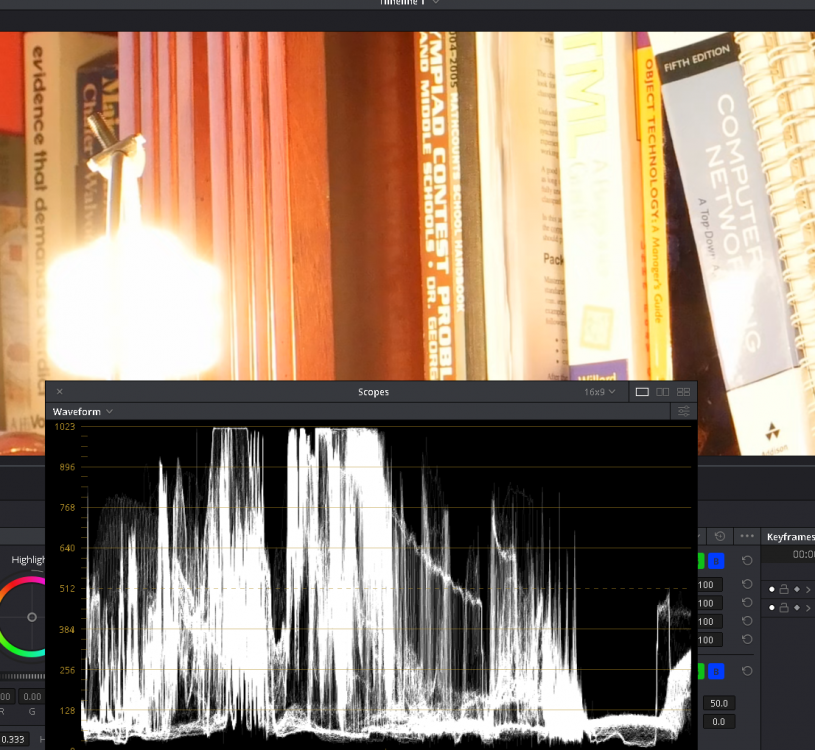
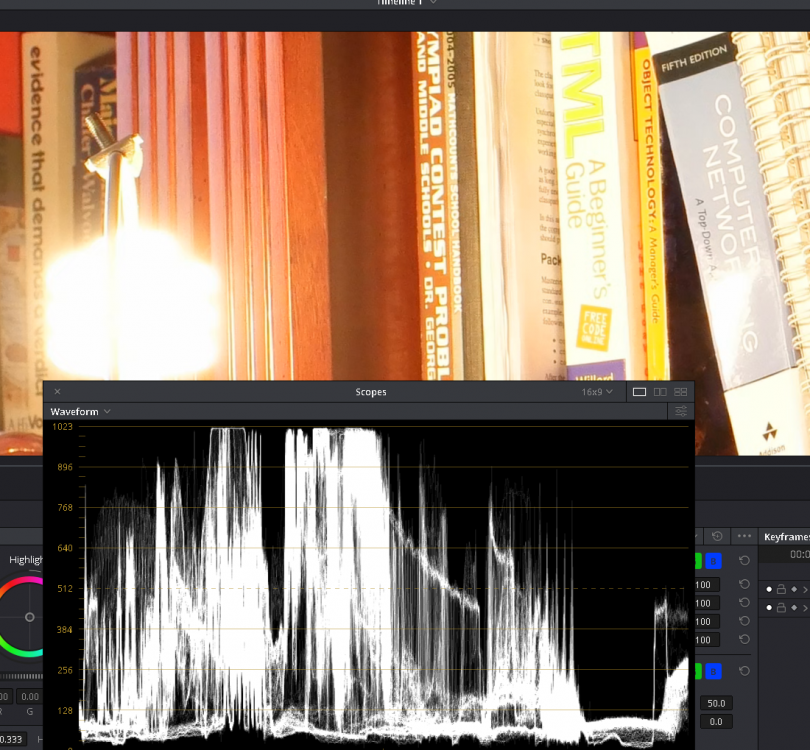
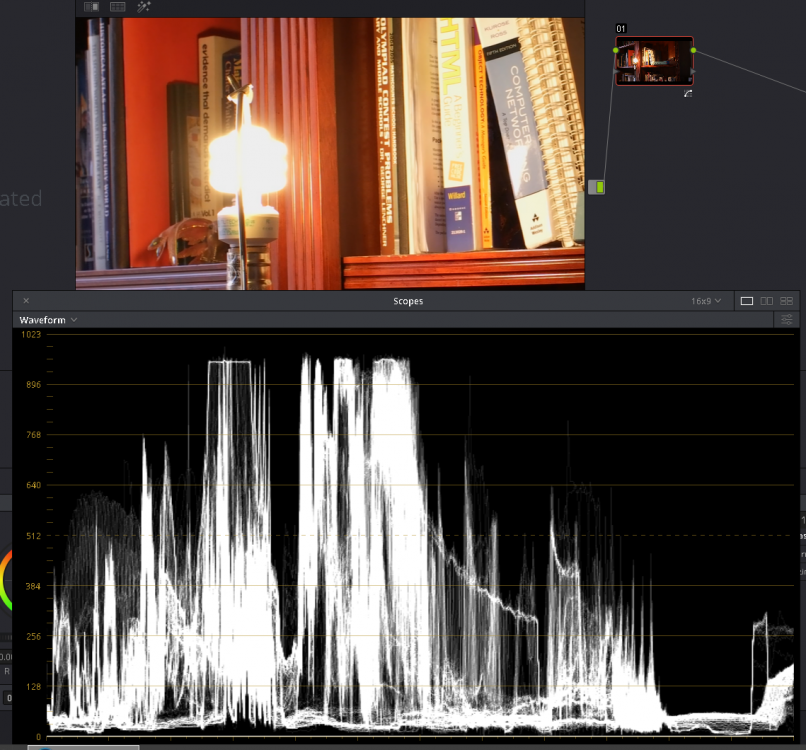
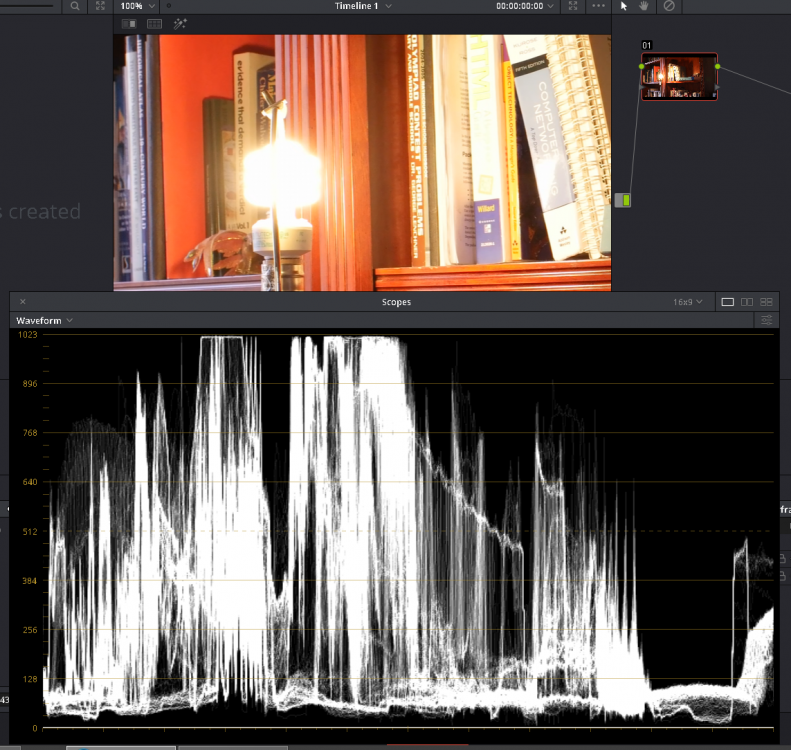

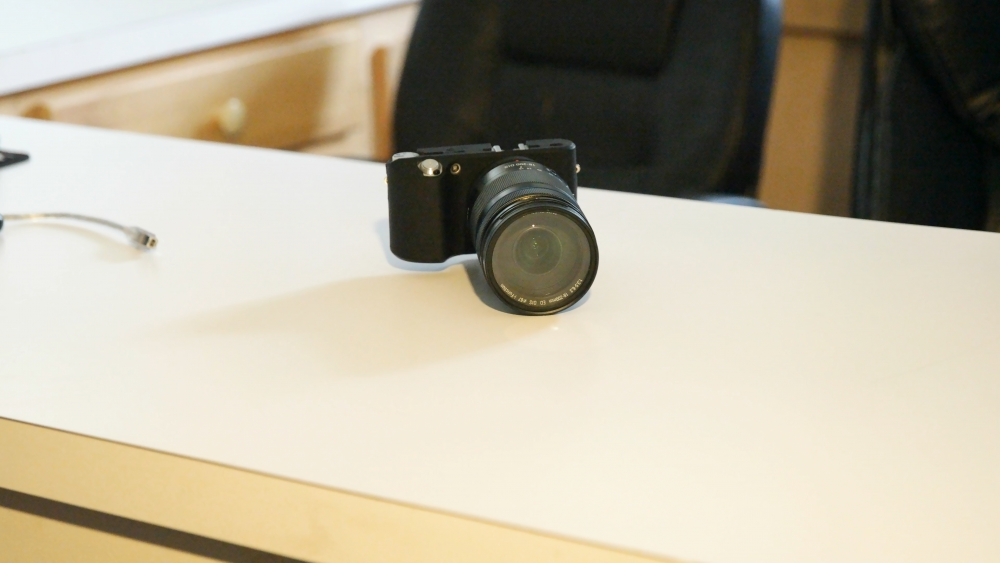
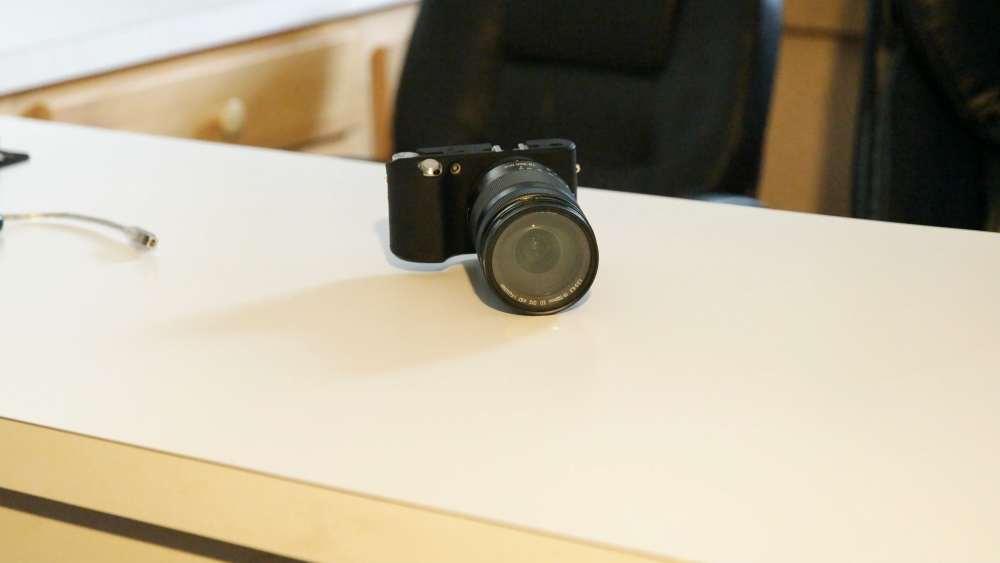
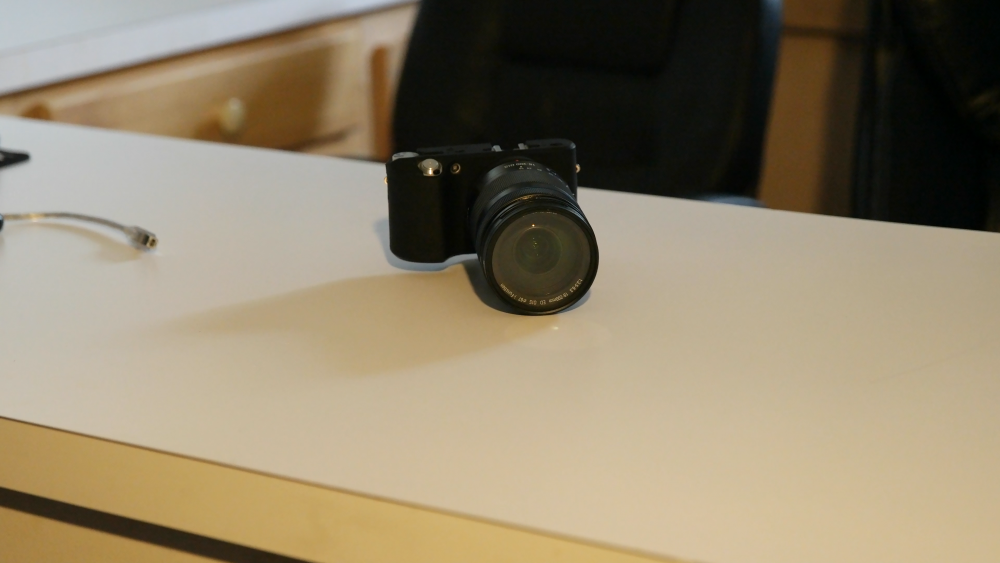
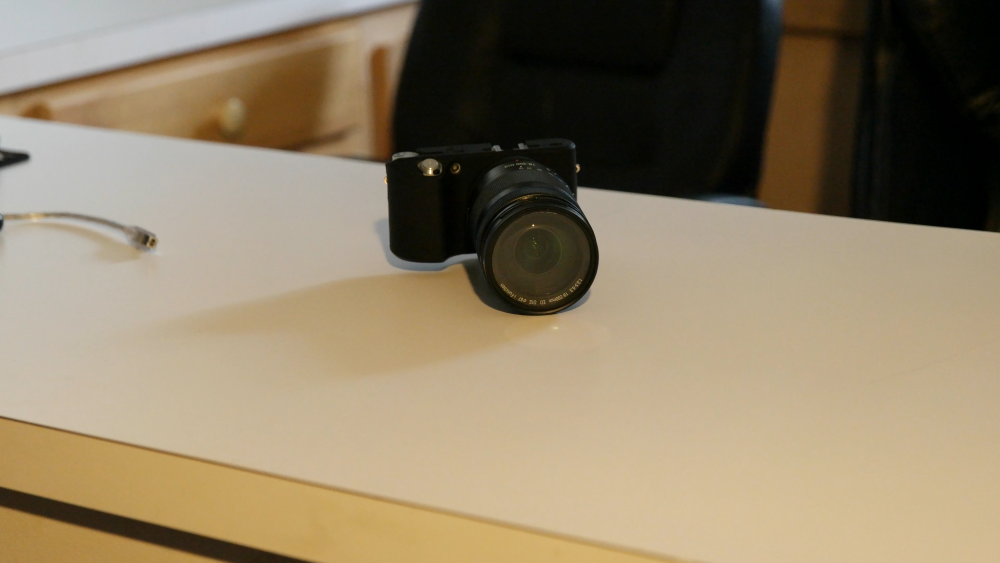
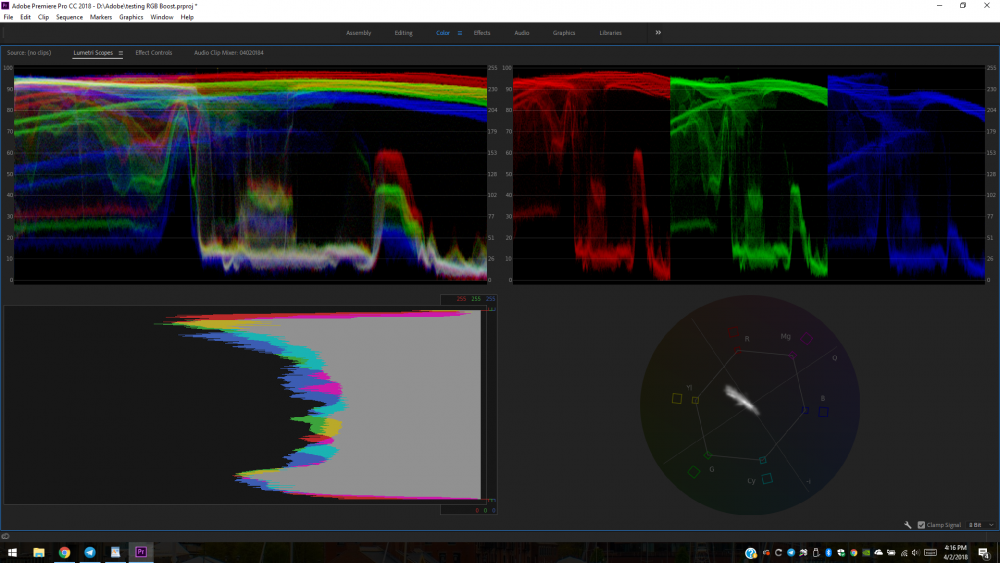
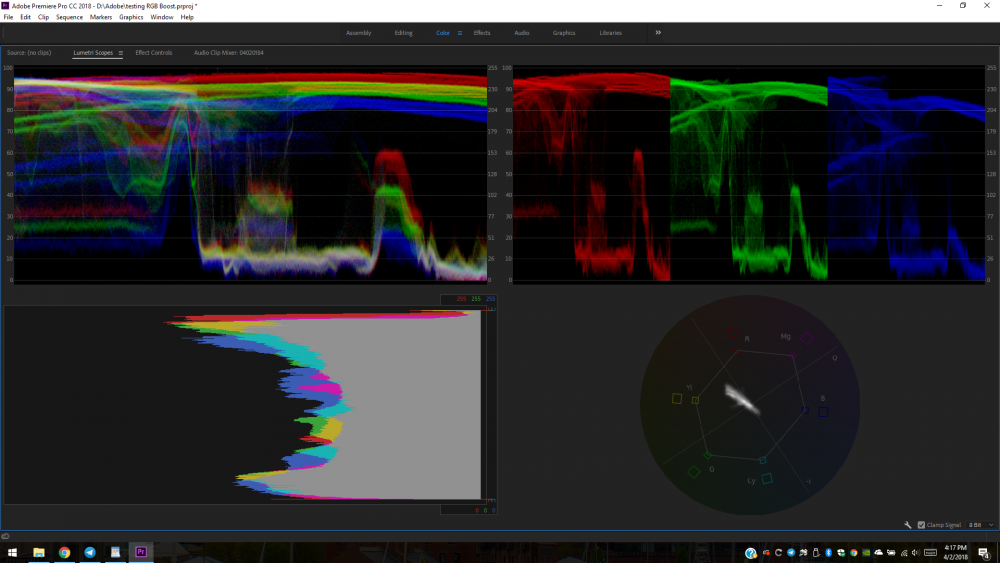
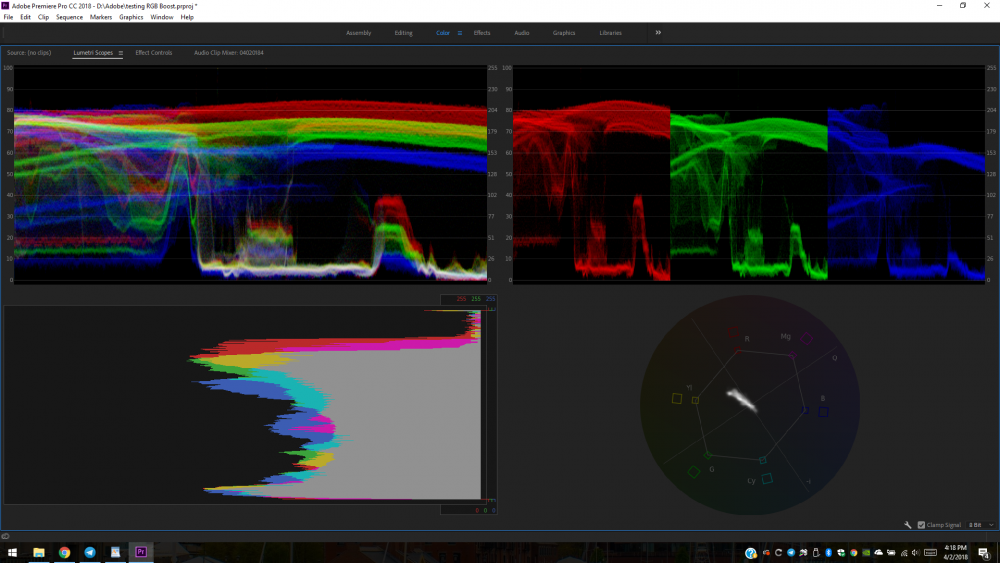
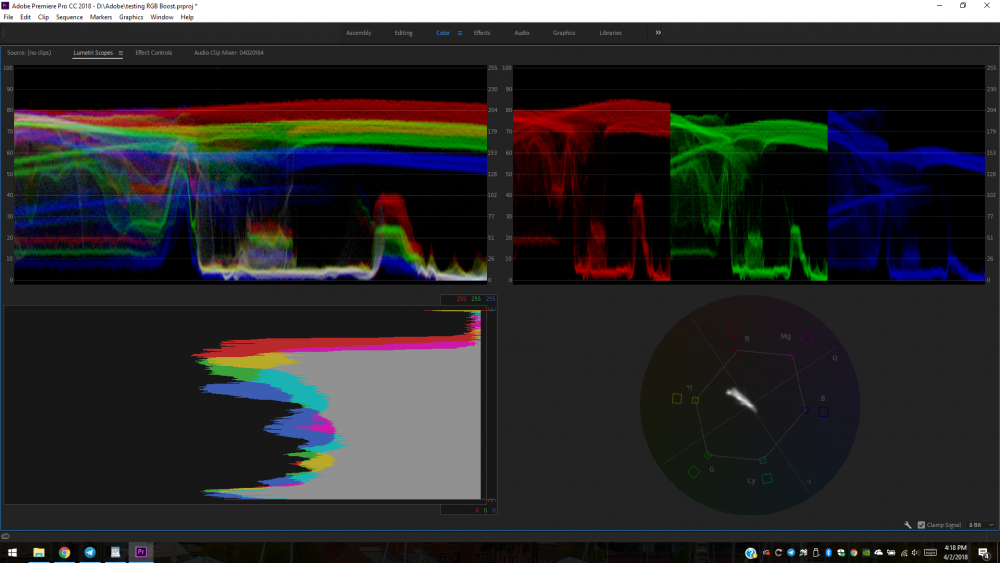
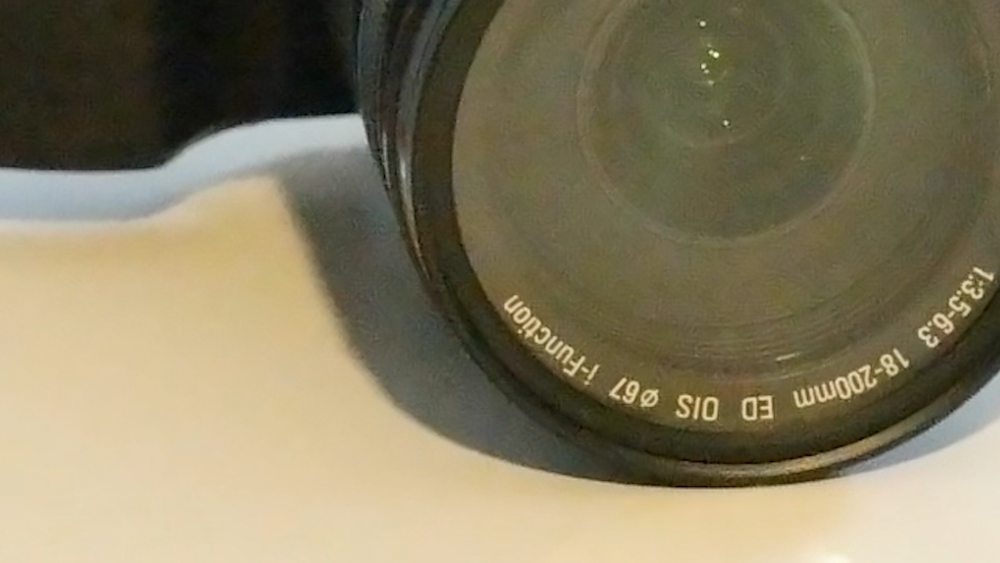
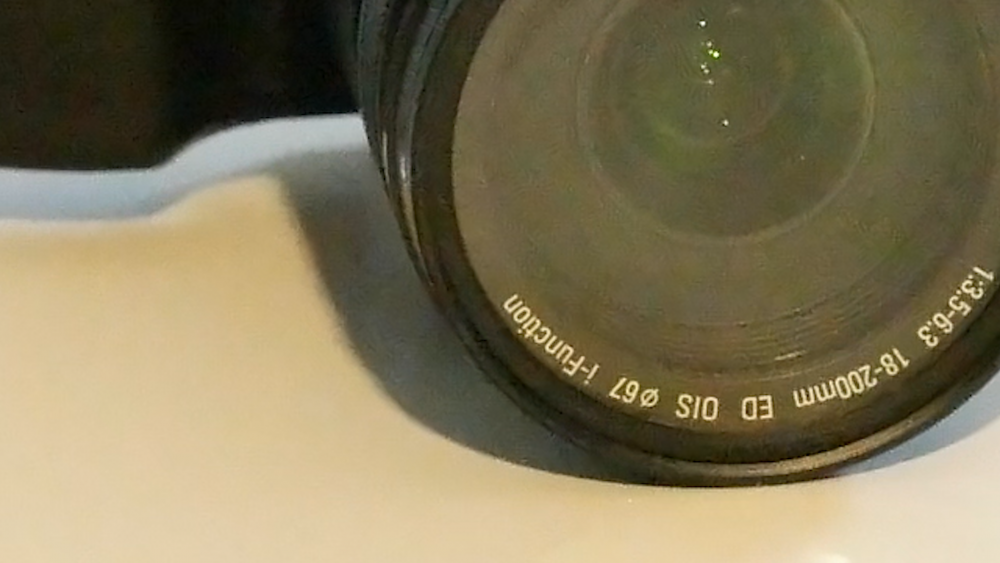
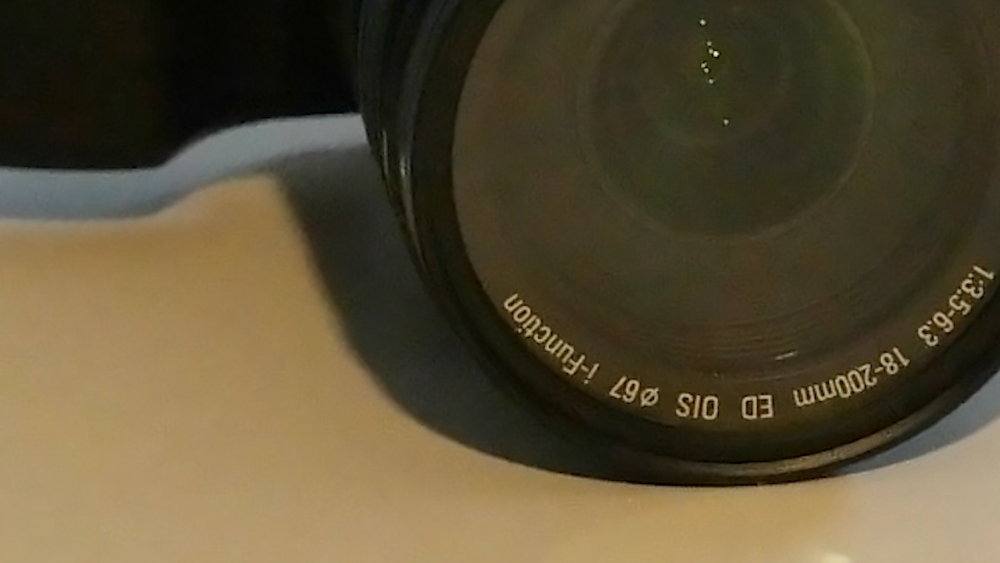
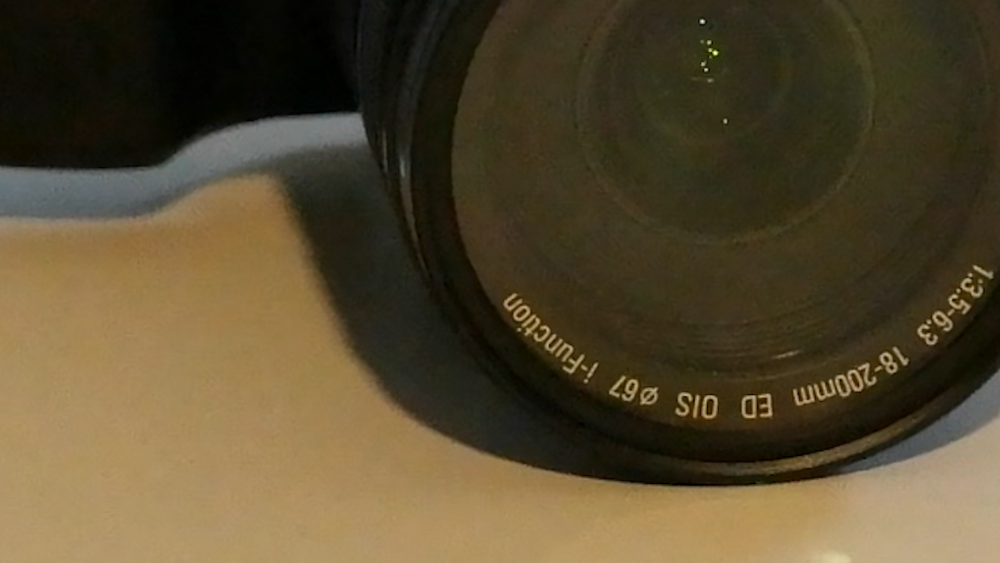
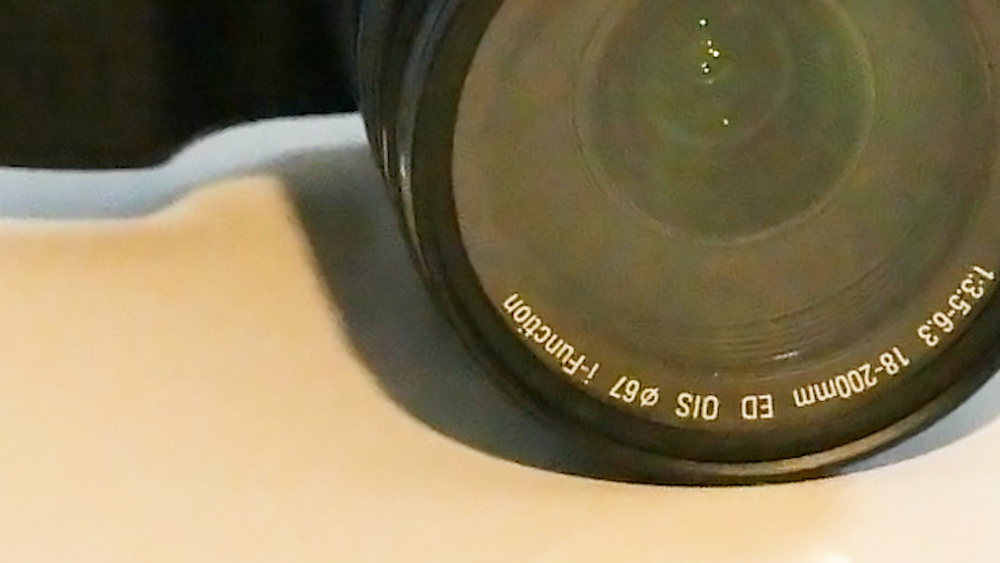
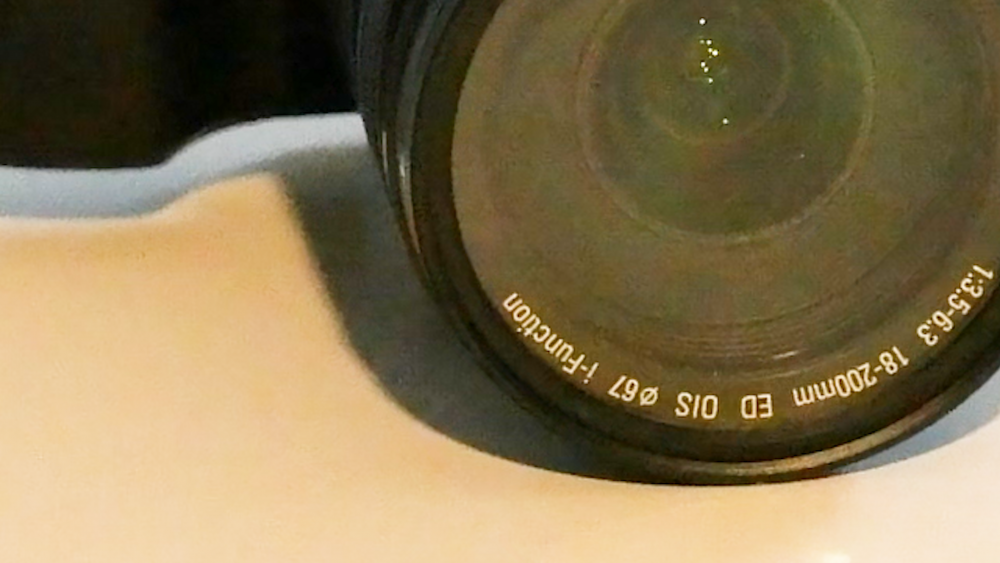
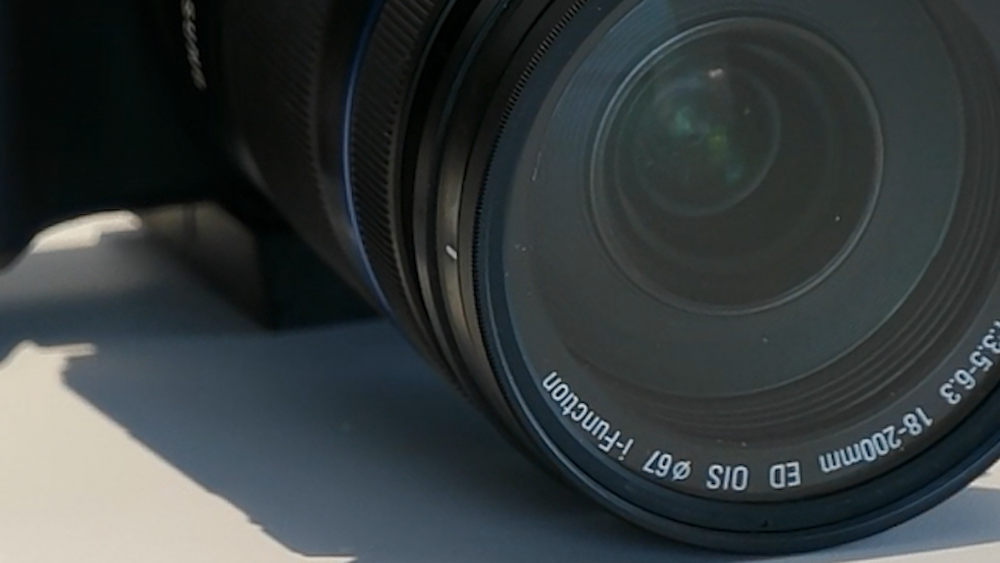
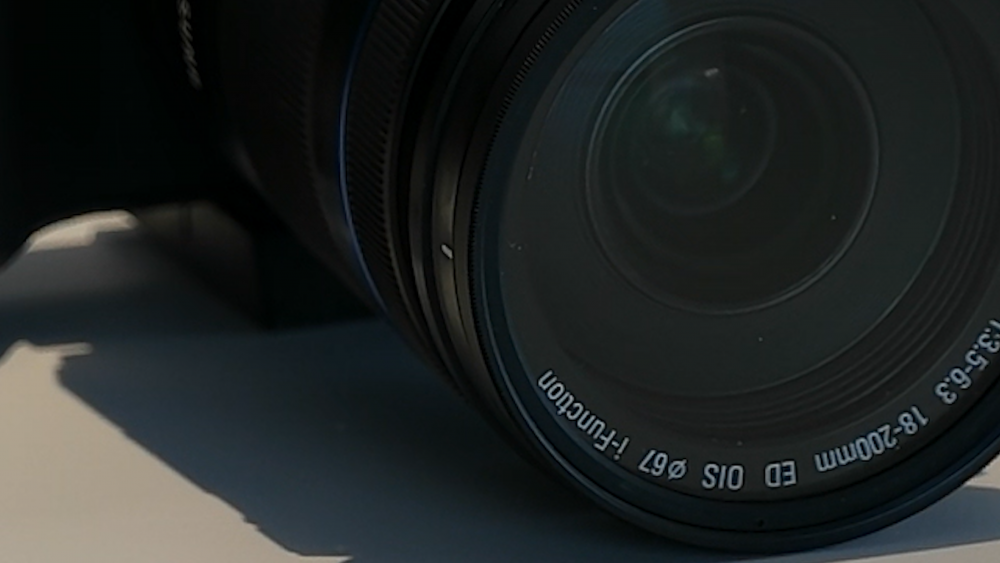
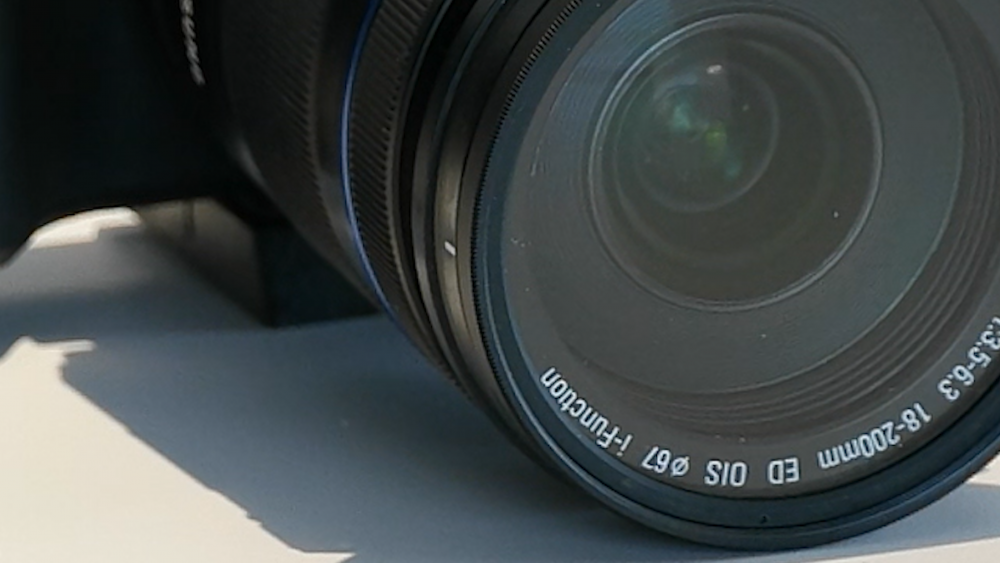
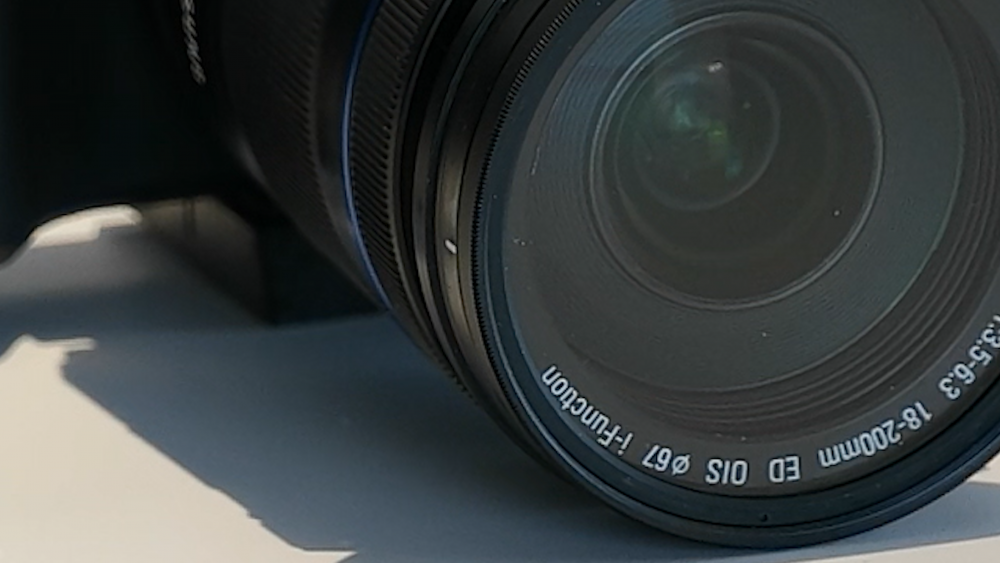
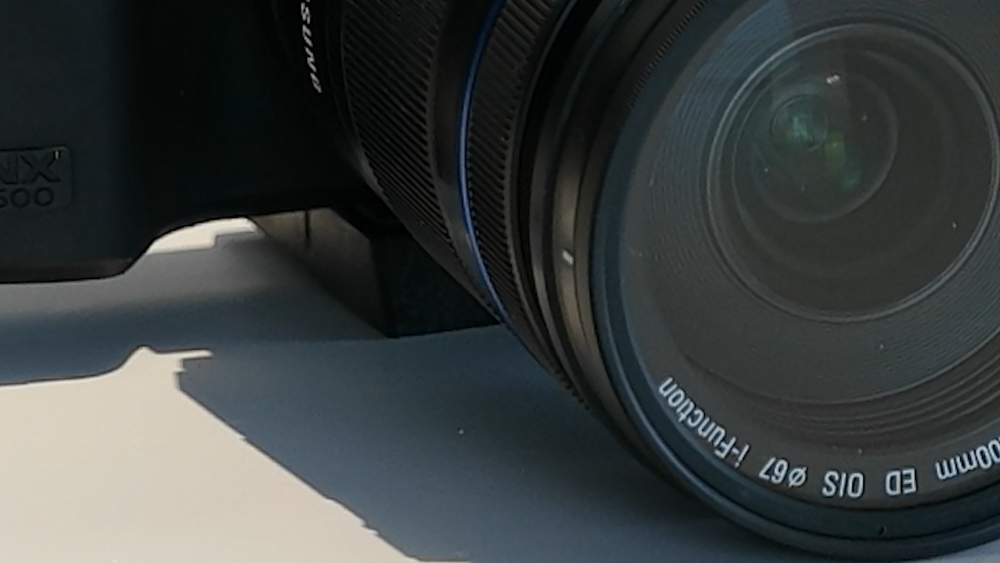
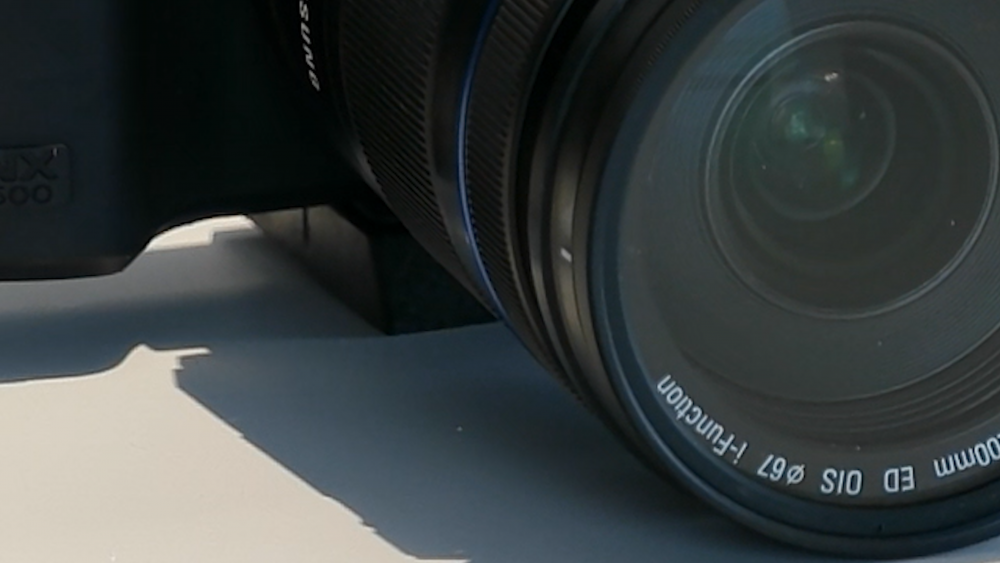
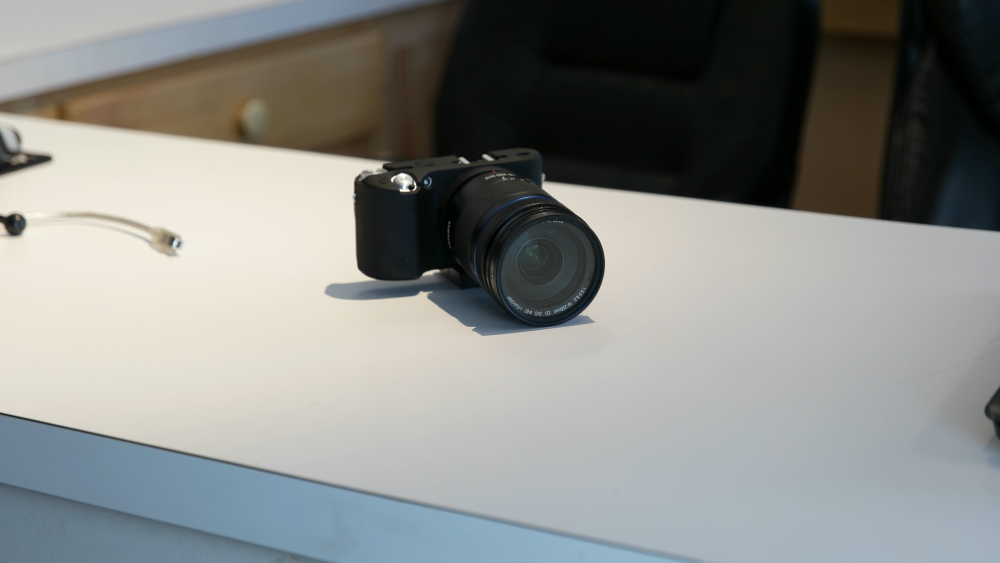
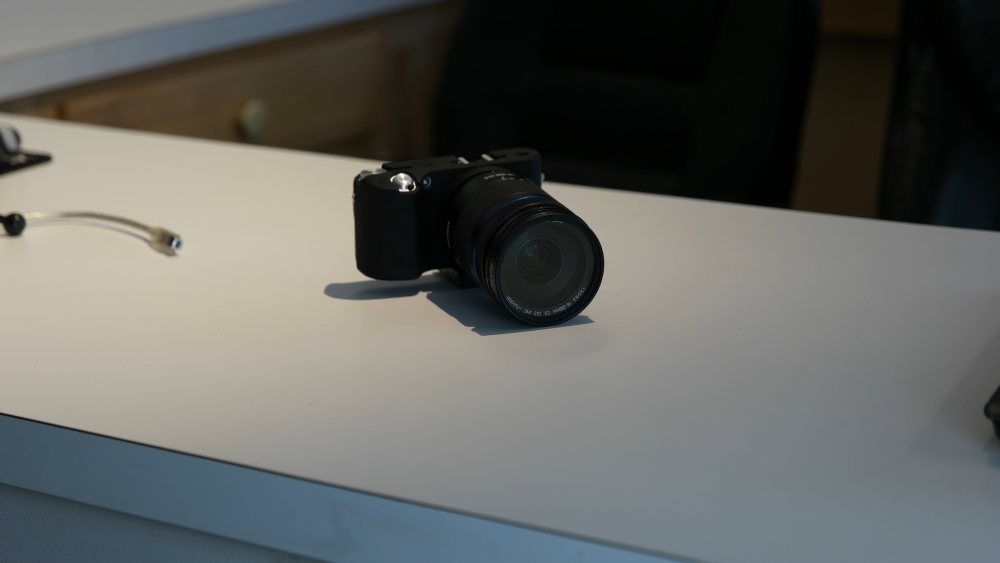
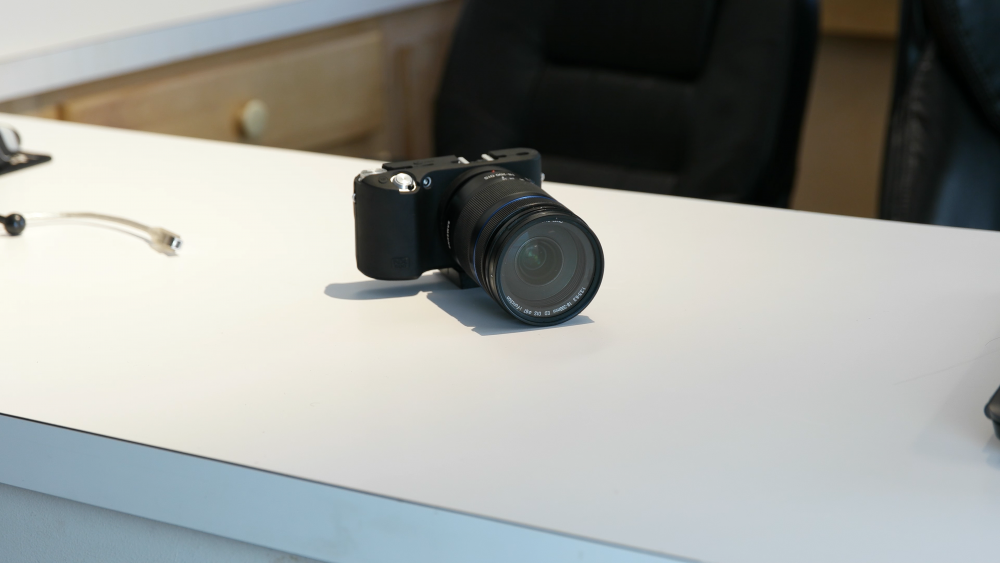
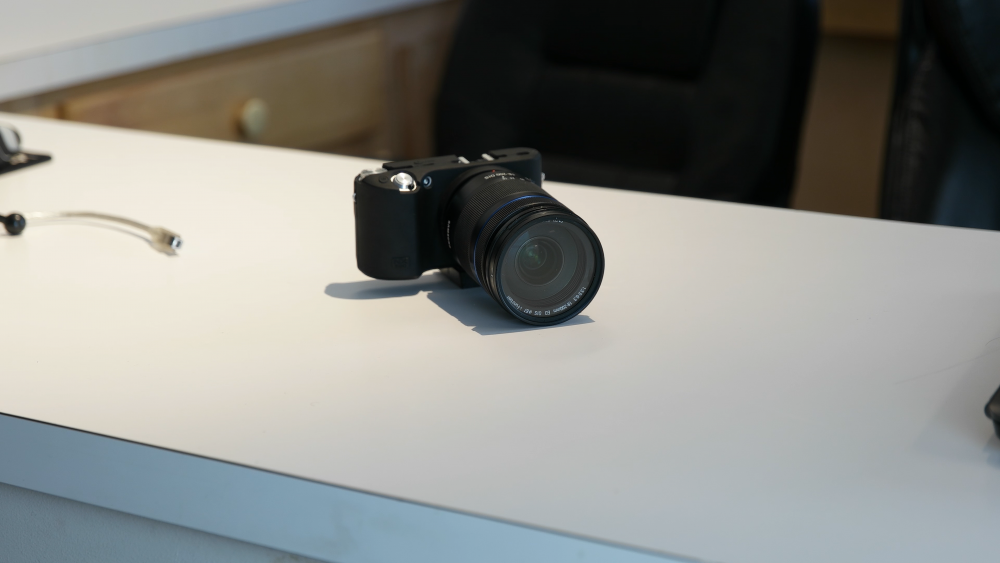
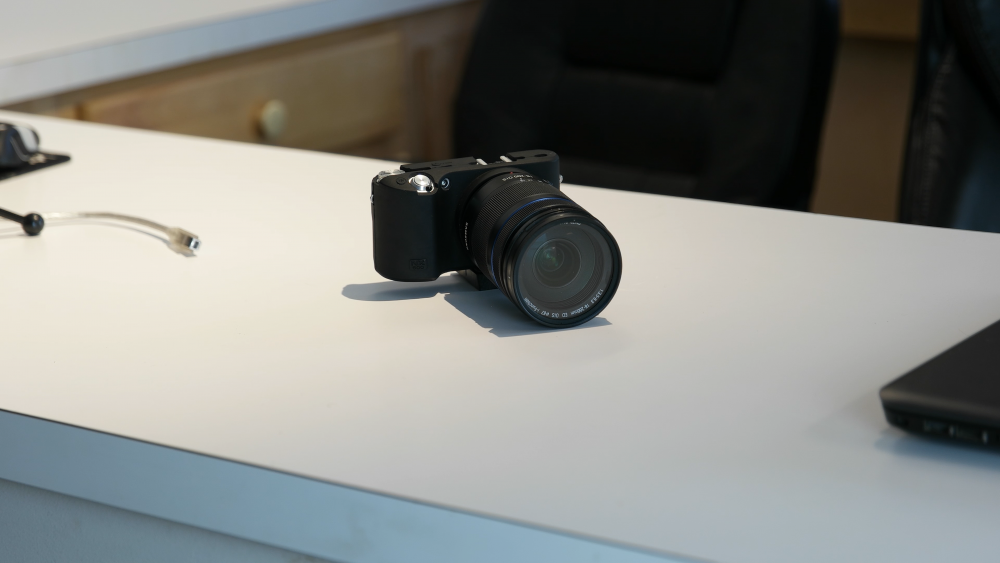
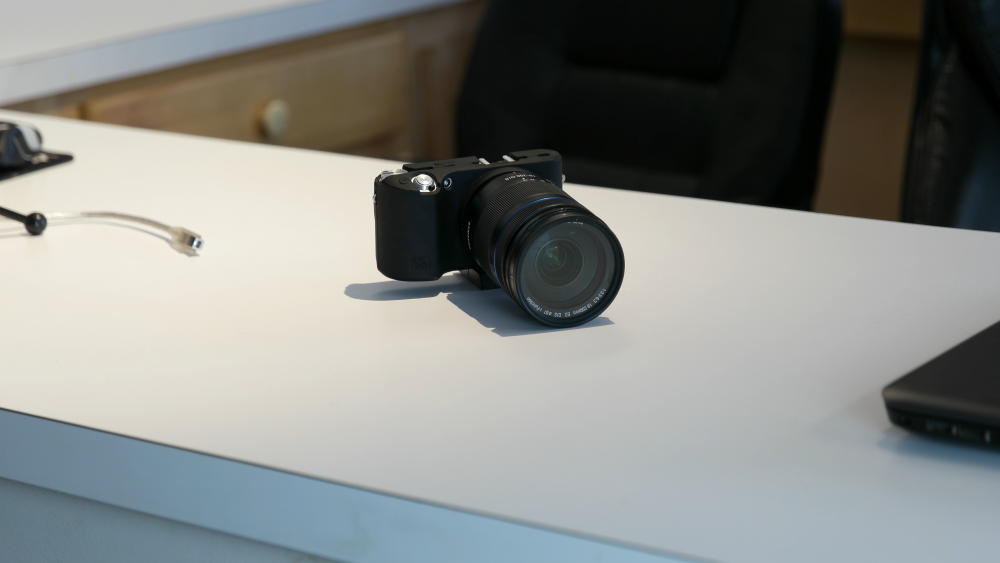
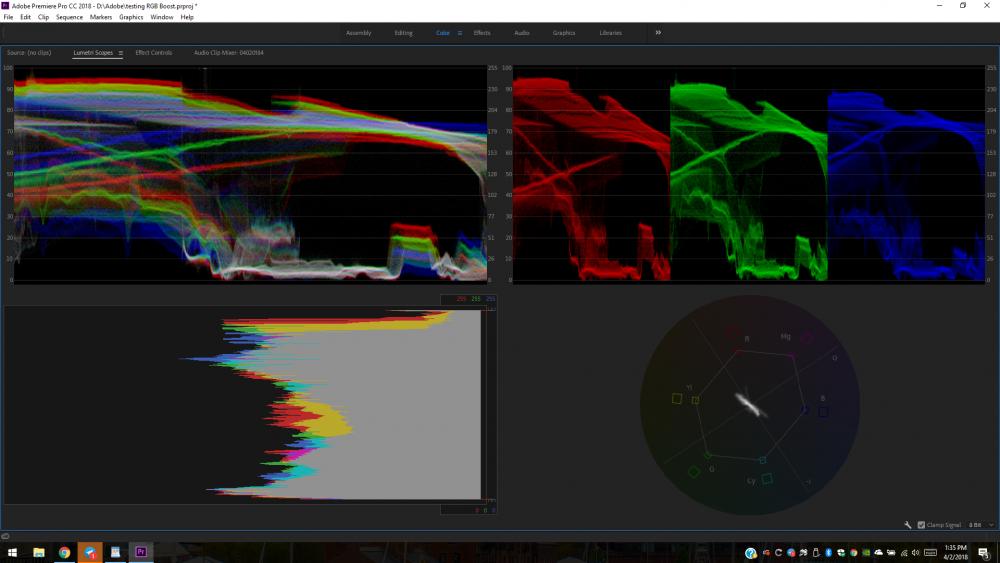
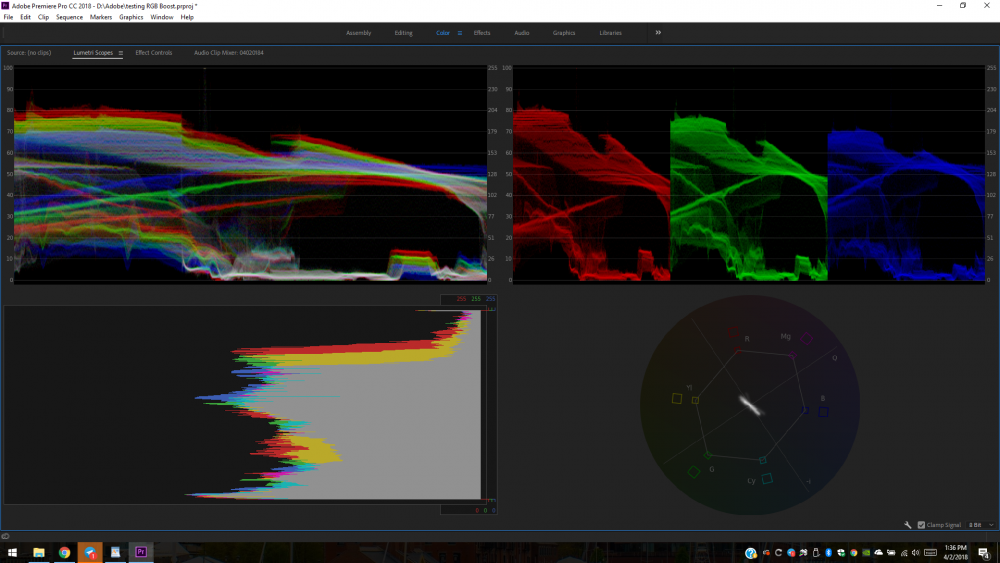
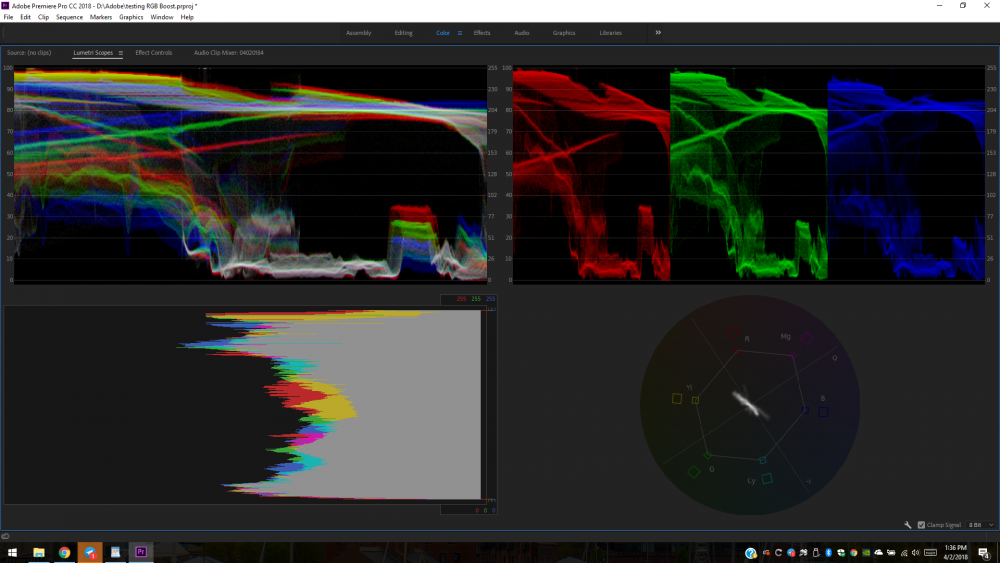
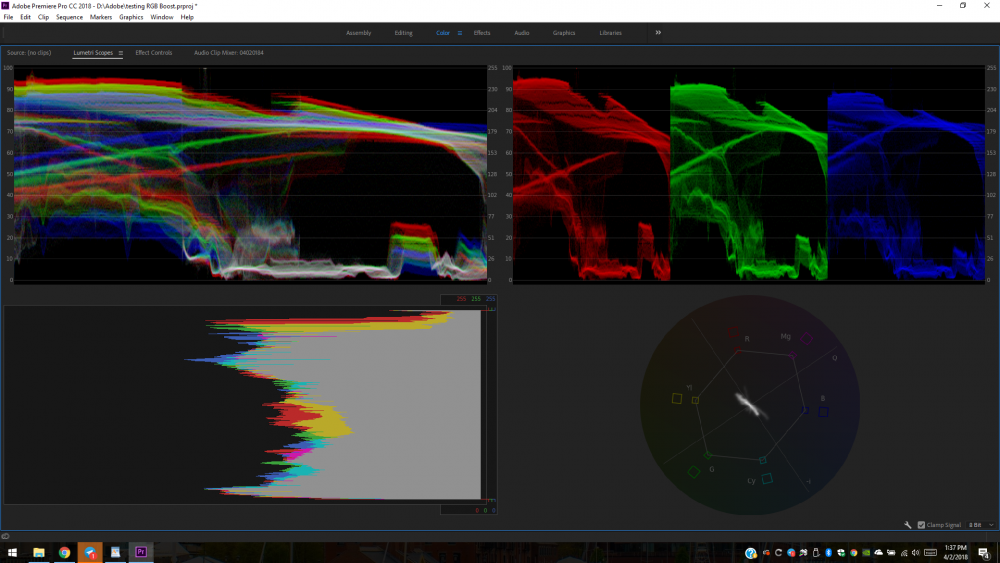
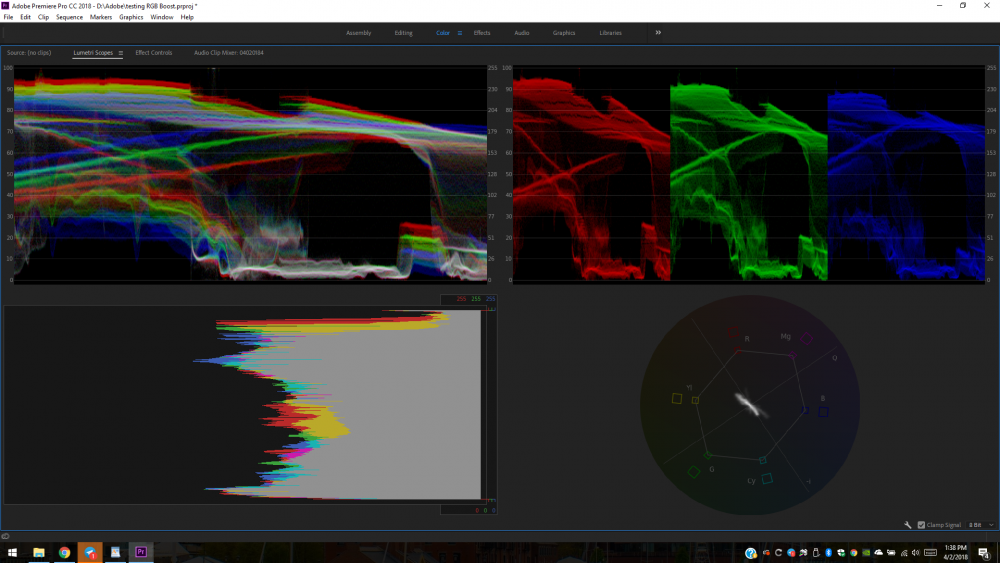
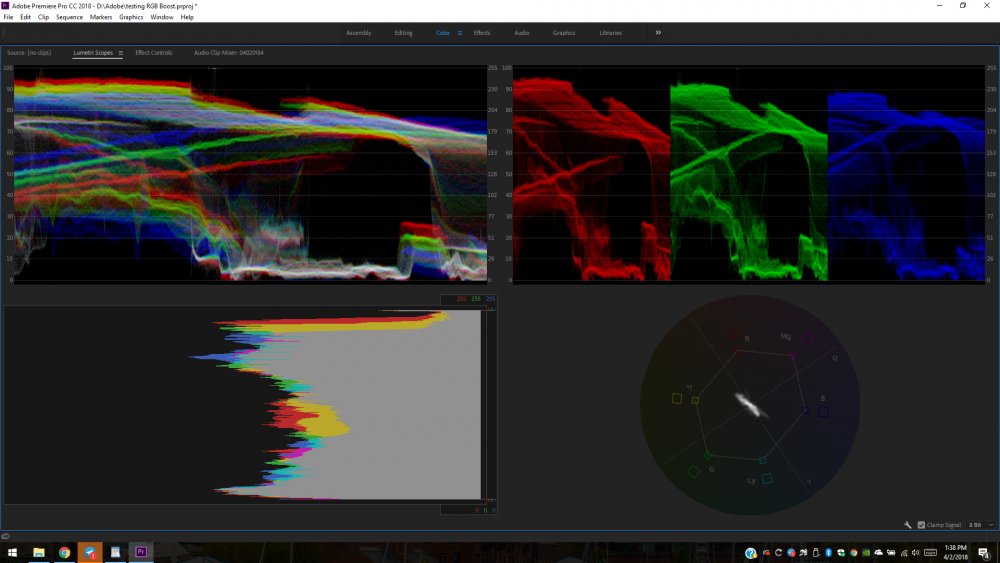
NX1 Extended Dynamic Range? New Settings.
In: Cameras
Posted
I just took some dynamic range tests. I manipulated DR while shooting video by adjusting shutter speed and ISO while leaving aperture at f2.8. Here are my results:
PW=picture wizard
test 1: PW off, gamma norm. 9-11 stops of dynamic range, IRE 0-100
test 2: PW off, gamma DR. 10-12 stops of dynamic range, IRE 0-100
following tests have gamma set to norm with PW on
test 3: PW on, RGB 1.99, contrast -5. 9-11 stops of dynamic range, IRE 2-100; will retest with smaller aperture to see if I can get another stop to 0.
test 4: PW on, RGB 0.50, contrast -5. 9-11 stops of dynamic range, IRE 0-92. Hits a wall at 90 IRE, the next stop does nothing, the stop following then boosts IRE about 1, and the stop following that boosts IRE another 1. so wall at 90, then max 92 3 stops higher. Will need to test with more light to see if there are more stops below the 0 IRE test, since 0 IRE was measured 1 stop above minimum.
test 5: PW on, RGB 0.05, contrast -5. 5-7 stops of dynamic range, IRE 0-38. Hits a wall at 34 IRE, the next stop does nothing, the following then boosts IRE about 2, and the stop following that boosts IRE another 2. So wall at 34, then max 38 3 stops higher. Will need to test with more light to see if there are more stops below the 0 IRE test, since 0 IRE was measured 5 stops above minimum.
the reason for a range of DR of 3 is because the outlying stops of DR may be partial stops, though they are notable on the waveform monitor.